Prof. Wilson Chiu is a new member of the 2022 Class of the Electrochemical Society Fellows.
For more information, read the ECS announcement by following the that follows below.
Prof. Wilson Chiu is a new member of the 2022 Class of the Electrochemical Society Fellows.
For more information, read the ECS announcement by following the that follows below.
Abstract: Natural phenomena, such as growth, instability, and failure, can be highly dependent upon activation of stochastic mechanisms at the microscale, such as the existence of microscopic imperfections, the action of molecular motors, and the diffusion of constituents. Yet, at the macroscale, astonishing order is often observed. In this talk, I will discuss our recent attempts to bring a deterministic understanding to explain such processes by focusing on the growth of bodies under confinement of an embedding soft matrix. Theoretical models will be complemented by experimental observations at different scales. At the small scales we exploit the growth of biofilm forming bacterial colonies and liquid-liquid phase separation, to examine the influence of confinement in determining the observed morphological transitions; at larger scales Volume Controlled Cavity Expansion (VCCE), via needle induce fluid injection, allows us to study local material properties and the transition between cavity expansion and fracture.
Biographical Sketch: Tal Cohen is an Associate Professor at MIT. She joined the Department of Civil & Environmental Engineering in 2016 and has a joint appointment in the Department of Mechanical Engineering. She received both her MSc and PhD degrees in Aerospace Engineering at the Technion in Israel. Following her graduate studies, Tal was a postdoctoral fellow for two years at the Department of Mechanical Engineering at MIT and continued for an additional postdoctoral period at the School of Engineering and Applied Sciences at Harvard University. She received the ONR young investigator award and the NSF CAREER award in 2020, and the ARO young investigator award in 2019. Earlier awards include the MIT-Technion postdoctoral fellowship, and the Zonta International Amelia Earhart Fellowship. Her research is broadly aimed at understanding the nonlinear mechanical behavior and constitutive sensitivity of solids. This includes behavior under extreme loading conditions, involving propagation of shock waves and dynamic cavitation, material instabilities, and chemo-mechanically coupled phenomena, such as material growth.
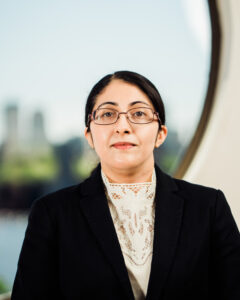 Abstract: Skin of fast swimming shark species such as Mako are packed with overlapping micro-scale denticles where each denticle is covered with 3-7 ribs. These textures allow sharks to swim faster than other animals in the ocean. Inspired by this capability, two-dimensional symmetric and periodic textures have been considered for the purpose of drag control and reductions of between 7-10% have been reported. Previous research on 2D textures have focused on the effect of the height and spacing of the grooves on the flow and concentrated on V-grooves (triangular grooves). However, the cross-sections of the ribs on shark denticles are concave and the few reported experiments and simulations of textures with curved profiles show that the response of these surfaces cannot be explained as a function of height and spacing alone, and other geometric features play important roles. In addition, 2D textures are simplified models of the shark scales, missing the effect of the overlaps among the denticles.
Abstract: Skin of fast swimming shark species such as Mako are packed with overlapping micro-scale denticles where each denticle is covered with 3-7 ribs. These textures allow sharks to swim faster than other animals in the ocean. Inspired by this capability, two-dimensional symmetric and periodic textures have been considered for the purpose of drag control and reductions of between 7-10% have been reported. Previous research on 2D textures have focused on the effect of the height and spacing of the grooves on the flow and concentrated on V-grooves (triangular grooves). However, the cross-sections of the ribs on shark denticles are concave and the few reported experiments and simulations of textures with curved profiles show that the response of these surfaces cannot be explained as a function of height and spacing alone, and other geometric features play important roles. In addition, 2D textures are simplified models of the shark scales, missing the effect of the overlaps among the denticles.
In this talk, I will examine the effect of the geometric profile of the cross-sections of 2D textures aligned in the flow direction in two cases: first in a small-scale internal flow (Taylor-Couette) and then in a larger scale external flow (boundary layer) setting. I will present the results of the experiments performed using textured covered rotors in a Taylor-Couette cell in the Couette Flow and early transition to Taylor vortex regimes, as well as textured flat samples in a water tunnel in high Reynolds number laminar flows. The custom-designed experiments involve a combination of load/torque measurements parallel with particle image velocimetry of the flow in the vicinity of the textures. I will explore the response of different profiles, and the effect of convex vs. concave cross-sectional shapes, as well as overlaps, on the ability of textures in altering the flow field, frictional loading, and flow instabilities as a function of the geometric features and flow dynamics (i.e. the Reynolds number). I will show that, overall, when compared with the well-known V-grooves, concave profiles (similar to the cross-section of the shark ribs) with height-to-half-spacing less than or equal to unity can enhance the drag reducing ability of textures while convex textures reduce the level of drag reduction.
Biographical Sketch: Shabnam Raayai is a Rowland Fellow and principal investigator at Rowland Institute at Harvard University where her lab is focused on the study of flow around textured and complex geometries. Prior to her current role, she was a postdoctoral associate at the department of civil and environmental engineering at MIT. She received her SM and PhD in mechanical engineering from MIT and have won multiple awards including the outstanding teaching assistant award from the department of mechanical engineering at MIT and Andreas Acrivos Dissertation Award in fluid dynamics from the American Physical Society.
A new paper published in Applied Physics Letters co-authored by Prof. Osama Bilal and his PhD student introduces materials that can simultaneously block sound and vibrations at tunable frequencies by design.
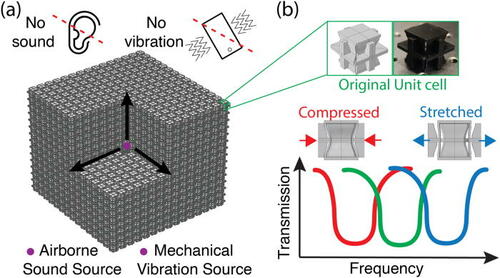

Our own UConn Formula SAE team placed 10th overall and in the top ten of multiple different categories in the international Formula SAE competition held at the Michigan International Speedway in May 2022.
 Abstract: Soft robotics aims to develop technological tools to allow people to interact more closely with machines, in a range of settings, from manufacturing, to healthcare, and even our homes. Dielectric elastomer actuators (DEAs) are compliant capacitors which can directly convert an electrical input into mechanical work. DEAs hold the promise of muscle-like behavior, as soft devices that are electrically driven, and easy to integrate with other robotic components. This talk will discuss how muscle-like behavior can be achieved, using knowledge from materials science, electrical engineering, mechanical design, and micro manufacturing. With high performance DEAs, tactile communication tools are demonstrated, with potential medical devices soon to follow.
Abstract: Soft robotics aims to develop technological tools to allow people to interact more closely with machines, in a range of settings, from manufacturing, to healthcare, and even our homes. Dielectric elastomer actuators (DEAs) are compliant capacitors which can directly convert an electrical input into mechanical work. DEAs hold the promise of muscle-like behavior, as soft devices that are electrically driven, and easy to integrate with other robotic components. This talk will discuss how muscle-like behavior can be achieved, using knowledge from materials science, electrical engineering, mechanical design, and micro manufacturing. With high performance DEAs, tactile communication tools are demonstrated, with potential medical devices soon to follow.
Biographical Sketch: Mihai “Mishu” Duduta is an assistant professor in the Department of Mechanical and Industrial Engineering at the University of Toronto. He completed a BS in Materials Science and Engineering at MIT, then became the first employee of 24M Technologies, a start-up spun out to commercialize a battery technology he co-invented. Four years later he started a PhD at Harvard University, under the guidance of Profs. Robert Wood and David Clarke. His thesis, “Dielectric Elastomer Actuators as Artificial Muscles for Soft Robotic Applications”, included work which won a Gold Award at the Materials Research Society Fall Meeting 2018, and was nominated for Best Paper at ICRA 2018. His postdoctoral work at the University of Minnesota was supported by a Medical Devices Innovation Fellowship, an NSF I-Corps grant, as well as seed funding from the Minnesota Robotics Institute. Working with Prof. Timothy Kowalewski and clinical collaborators, he developed novel miniaturized soft robotic tools for endo-vascular intervention. His research group at the University of Toronto uses an interdisciplinary approach to address fundamental challenges in soft robotics, including actuation, sensing, and energy storage. The work is supported by grants from the Natural Sciences and Engineering Research Council of Canada (NSERC – Discovery Grant, Idea to Innovation), the Canadian Foundation for Innovation, the New Frontiers Research Fund, as well as interdisciplinary seed grants. For his work on steerable micro-catheters, he is the recipient of a 2022 Banting Foundation Discovery Award.
By studying rabbits, Prof. Thanh Nguyen‘s group is using biodegradable piezoelectric film to aid in growth of new cartilage.
Read the whole science highlight on the NIH’s website here:
https://www.nibib.nih.gov/news-events/newsroom/recharging-cartilage-after-knee-damage
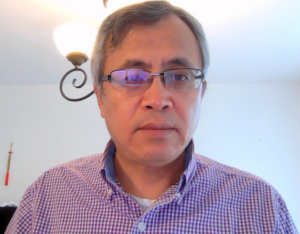 http://s.uconn.edu/meseminar05.13.22
http://s.uconn.edu/meseminar05.13.22
Abstract: In this seminar, Changjie will give an overview of GE Research first, followed by discussion of additive manufacturing. On the additive manufacturing, he will cover additive designs, additive digital tools, additive process monitoring and control, additive supply chain, and additive applications. He welcomes any individual discussions after the seminar.
Biographical Sketch: Changjie Sun has a Ph.D. in Mechanical Engineering. He is currently a senior principal engineer in the Materials and Mechanical Systems Organization at GE Research. He is the technical focal for structure design/analysis and mechanical synthesis. He has been working on jet engine and gas turbine design and analysis for 16 years involving metals, polymer matrix composites, and ceramic matrix composites. Changjie is active in seeking funding opportunities from funding agencies such as DOE and DOD.
NSF Early Career Development (CAREER) Program awards are highly prestigious, offered to early-career faculty members who demonstrate the potential to serve as academic role models in research and education.
Three ME faculty members have received this prestigious award in 2022. Congratulations to all three recipients!
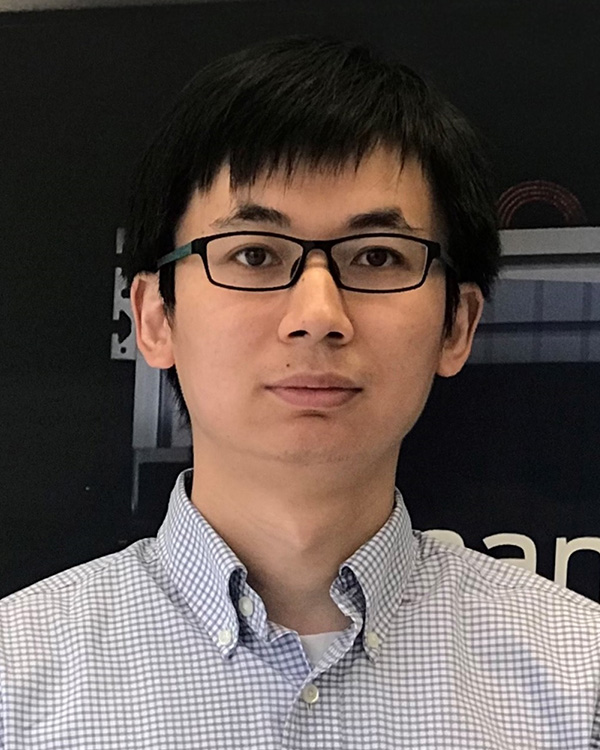 |
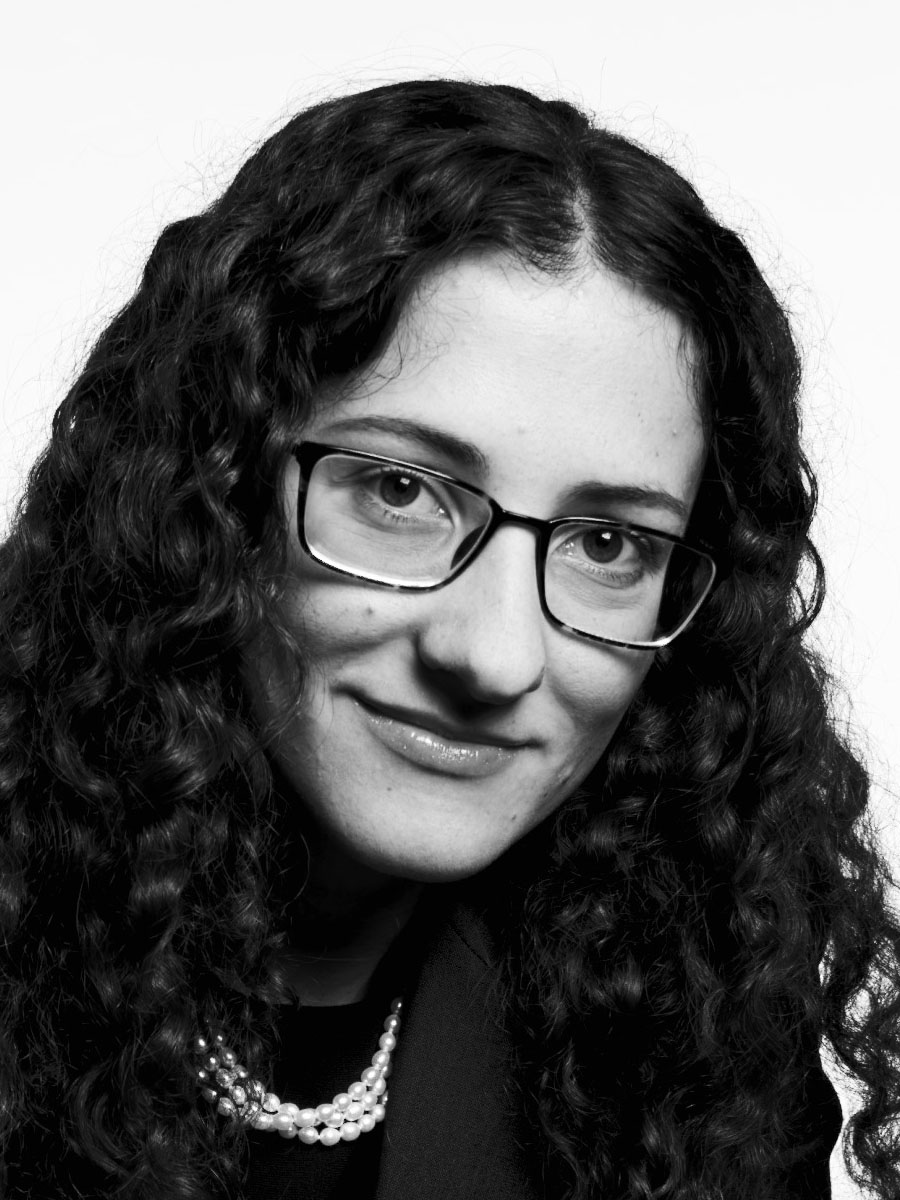 |
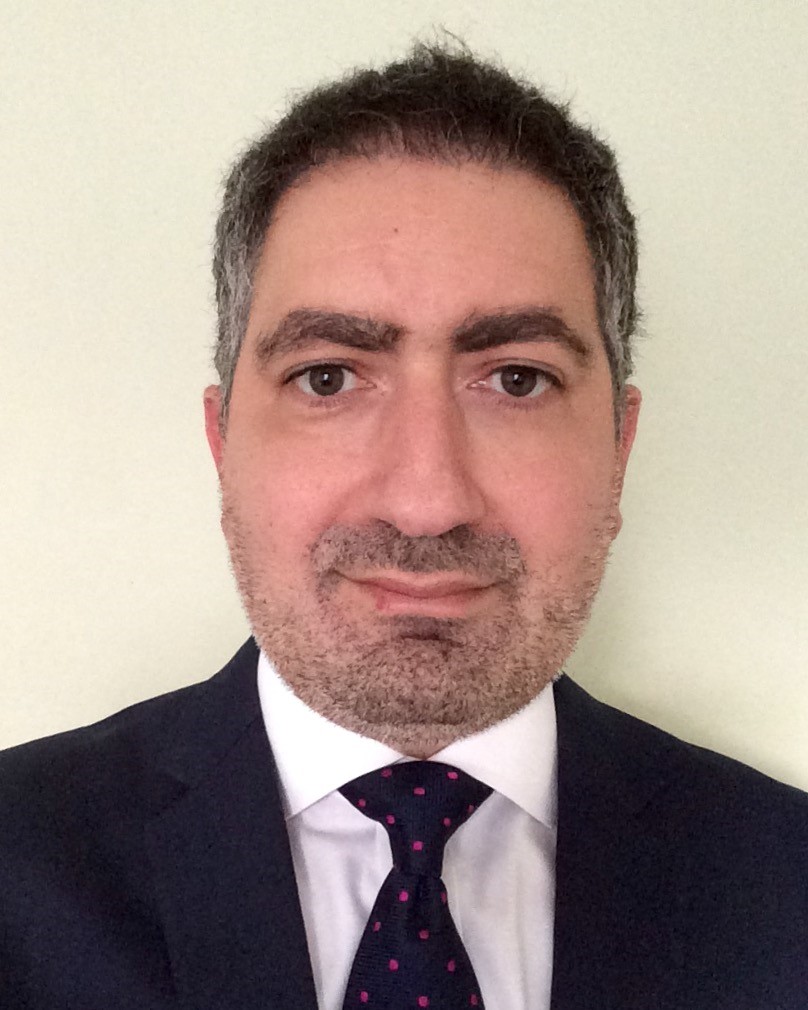 |
| Hongyi Xu | Anna Tarakanova | George Matheou |
Prof. Xu’s award will support his group’s research on design of mixed stochasticity structural systems. The award received by Prof. Tarakanova will support fundamental research to understand complex changes to elastin that occur in aging and disease. Prof. Matheou’s grant will focus on large scale computational models of low could transitions in the atmosphere to support a better understanding of their impact on climate change.
With these three awards, the total number of NSF CAREER or DoD Young Investigator Awards won by ME faculty since 1996 increases to 25 with seven of these awards having been received in the last three years!